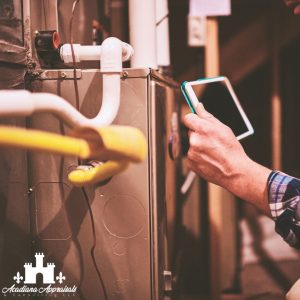Real estate appraisals for lending purposes encompass more than just determining a property’s market value. They also involve assessing safety, soundness, and structural integrity. This article explores these aspects, detailing the appraiser’s role in evaluating these factors and their importance in the lending process.
Disclaimer: Please note this is not a comprehensive list of every safety, soundness, or structural integrity issue an appraiser might evaluate. The range of potential issues is extensive, and each property is unique.
The Appraiser’s Role in Evaluating Safety, Soundness, and Structural Integrity
Appraisers play a critical role in ensuring that properties meet certain lender baseline standards that are important for lending institutions. While these assessments might not directly affect the market value, they are essential for the lender’s risk assessment. Lenders rely on appraisers to identify any issues that could pose a risk to occupants or potentially lead to significant future expenses.
Safety in Property Appraisals
- Key Aspects of Safety: Includes checking for exposed wiring and the absence of hazardous substances.
- Some Specific Examples:
- Lead-Based Paint: In older homes, peeling paint can be a concern due to potential lead hazards.
- Handrails: The presence and stability of handrails are checked for occupant safety.
Soundness: A Key Appraisal Aspect
- Evaluating Soundness: Involves assessing the property’s maintenance and functional condition.
- Specific Examples:
- Roof and Plumbing Conditions: Appraisers look for signs of leaks or deterioration.
Structural Integrity: Essential for Lending
- Assessing Structural Integrity: Focuses on the foundational strength and overall construction.
- Specific Examples:
- Foundation and Wall Integrity: Looking for significant cracks or sloping flooring.
Common Issues and Solutions
- Identifying Concerns: Appraisers are trained to spot potential issues that might not immediately impact value but could lead to future problems or expenses.
- Specialist Inspections: Sometimes, a specialist’s inspection might be necessary for a thorough assessment.
Appraisal vs. Home Inspection
It’s crucial to understand that an appraisal is not a substitute for a home inspection. While appraisers visually observe to assess safety, soundness, and structural integrity, home inspectors perform a more in-depth examination. They evaluate the mechanical systems, structural components, and overall condition of the property in detail, which goes beyond the scope of the appraisal.
Conclusion
Understanding the appraiser’s role in identifying safety, soundness, and structural integrity is crucial in the context of property appraisals for lending. These assessments, while they may not directly impacting market value, are vital for lenders to ensure the long-term viability and safety of the property.
For comprehensive appraisal services that include detailed assessments of safety, soundness, and structural integrity, reach out to Acadiana Appraisals & Consulting. We offer expert guidance to navigate the complexities of real estate appraisals.

